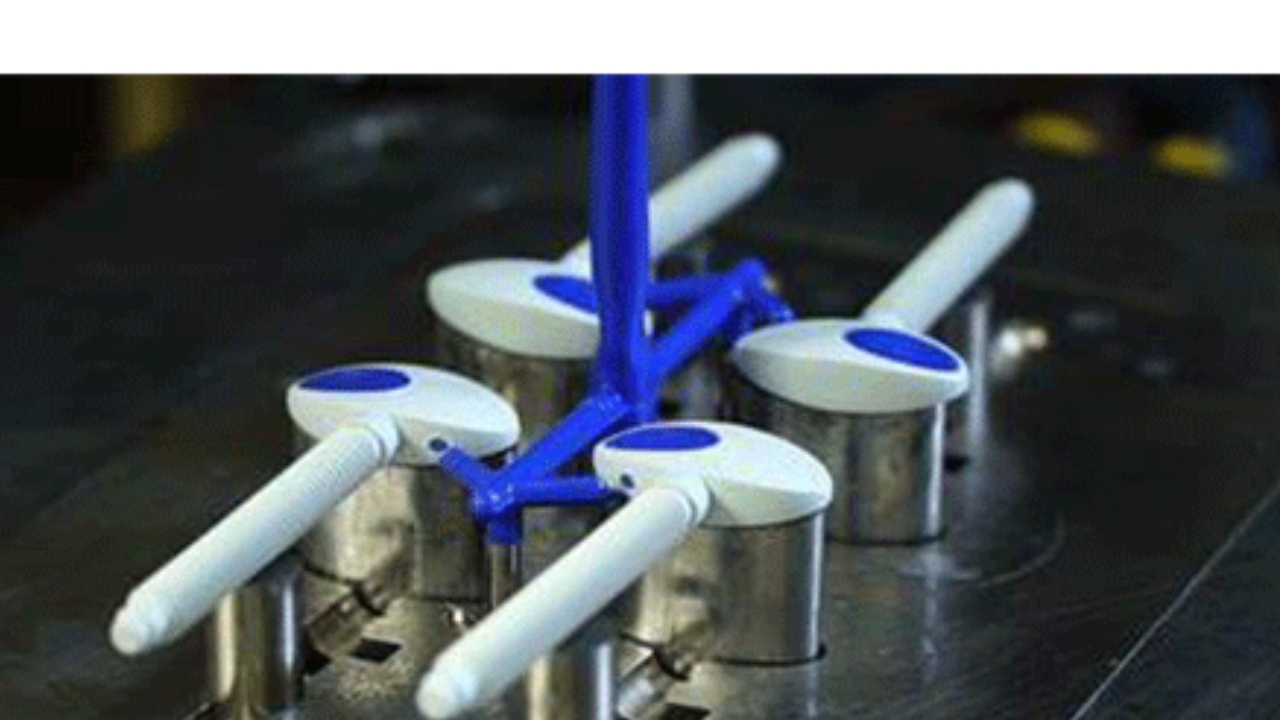Harriet loves to share technology and general things with the world. With a background in computer science, she is always on the lookout for new and innovative ways to improve people's lives. She has also been known to share her opinion on the latest episode of Game of Thrones.

A horizontal plastic injection molding machine consists of necessary parts that work together to perform injection molding preparation efficiently. These components incorporate the injection unit, clamping unit, form, hydraulic framework, control framework, and warming and cooling framework. The infusion unit liquefies plastic tar pellets and infuses the liquid fabric into the shape depth. The clamping unit secures the shape parts in put amid infusion to avoid spillage and keep up exact arrangement.
The shape shapes the molten plastic into the required frame, comprising a stationary depth and a mobile center. The hydraulic framework gives control for machine operation, while the control framework directs parameters and screens the method. In conclusion, the warming and cooling framework controls the temperature of the plastic fabric and shape to guarantee ideal molding conditions. Together, these components empower the horizontal plastic injection molding machine to create high-quality plastic parts productively and precisely.
Key Components of an Even Plastic Infusion Molding Machine
Horizontal plastic injection molding machine comprises a few key components that work together to encourage the infusion molding preparation These components incorporate:
Injection Unit
The injection unit is capable of softening and injecting the molten plastic fabric into the form of depression. It comprises of a container, barrel, screw, and spout. The plastic gum pellets are bolstered into the container, where they are continuously passed on into the barrel by a turning screw. Inside the barrel, the plastic pellets are warmed and dissolved by radiators, and frictional warm created by the pivoting screw. The liquid plastic is at that point infused into the form of expression through the spout beneath the high weight.
Clamping Unit
The clamping unit is responsible for safely holding the shaped parts together during the injection handle. It comprises a clamping instrument, shape platens, tie bars, and hydraulic or mechanical frameworks. The form parts are mounted on the shape platens, which are at that point clamped together by the clamping instrument. This guarantees that the shape remains closed and steady amid infusion, anticipating any plastic spillage and keeping up exact form arrangement.
Mold
The mold, moreover known as the tool or pass-on is the component that shapes the liquid plastic into the required frame. It comprises two halves: the stationary half (depth) and the mobile half (center). The depression contains the negative impression of the ultimate portion, whereas the center makes the external shape. When the form is closed, the cavity and center shape the required shape of the plastic portion. The form is regularly made of solidified steel and is outlined to resist tall weights and temperatures amid the infusion molding handle.
Hydraulic System
The hydraulic framework gives the necessary control to function the different capacities of the infusion molding machine, such as clamping, infusion, and launch. It comprises hydraulic pumps, engines, barrels, valves, and hoses. The hydraulic pumps create hydraulic weight, which is at that point disseminated to the distinctive actuators through valves and hoses. Hydraulic barrels are used to incite the clamping instrument, infusion unit, and launch framework, giving the constraint required to perform these capacities proficiently.
Control Framework
The control board permits administrators to set and alter different parameters such as infusion weight, infusion speed, temperature, and cycle time. The PLC forms the input signals from sensors and controls the machine’s operation based on predefined rationale and programming. The HMI gives a user-friendly interface for administrators to screen the machine’s status, troubleshoot issues, and input commands.
Heating and Cooling Framework
The warming and cooling framework is dependable for keeping up the temperature of the form and the plastic fabric inside the infusion molding machine. It comprises radiators, thermocouples, water channels, and cooling fans. Radiators are utilized to warm the barrel and soften the plastic tar, whereas thermocouples screen and direct the temperature of the barrel and shape. Water channels circulate coolant through the shape to quickly cool the molten plastic after injection, cementing it into the specified shape.
Conclusion
These components work in a couple to guarantee the smooth and effective operation of a horizontal plastic injection molding machine, empowering the generation of high-quality plastic parts with exactness and consistency.
